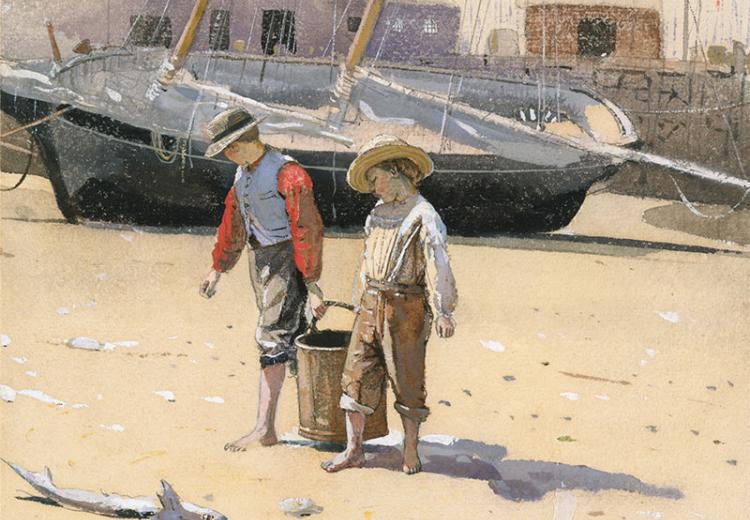Realistic Impressions: Investigating Movements in the Visual Arts

"Basket of Clams" by Winslow Homer (American, 1836–1910).
Impressionism, Cubism, Realism, Neoclassicism, Mannerism. When we visit a museum or flip through a book we often see these terms, along with the word movement (or sometimes style). But what makes a painting an example of the Impressionist or the Neoclassical movement?
This lesson plan will help students to understand the idea of movements in the visual arts, and begin to differentiate between some of the most well known movements in Western art- particularly in painting. This lesson can be taught in conjunction with the EDSITEment lesson plans What’s in a Picture? An Introduction to Subject in the Visual Arts and Portraits, Pears, and Perfect Landscapes: Investigating Genre in the Visual Arts.
Guiding Questions
What is an art movement?
What are some the characteristics of the most famous movements in Western art?
Learning Objectives
Define artistic movement in the visual arts
Identify the movement of a variety of works of art
Recognize and explain identifying features of some of the most famous movements in Western art
